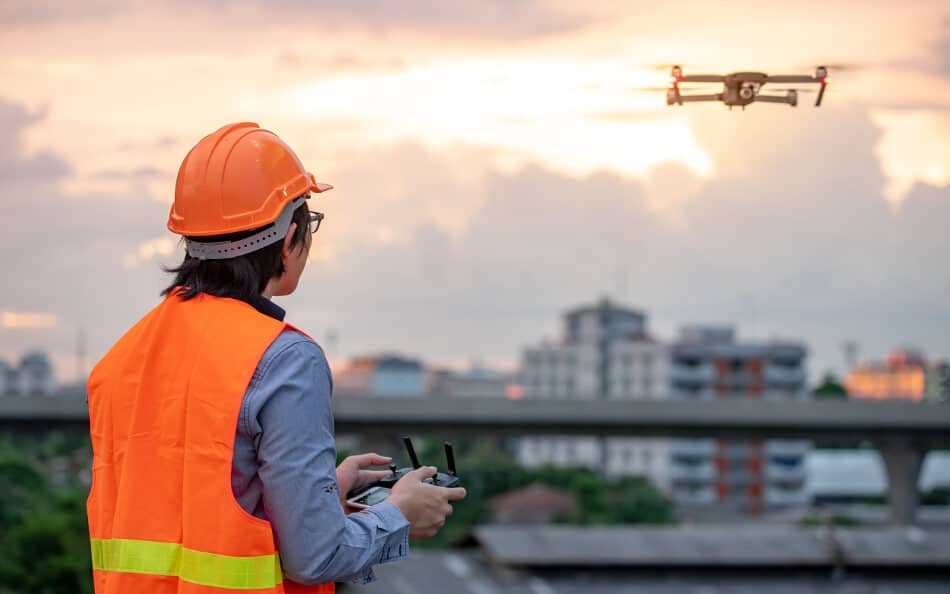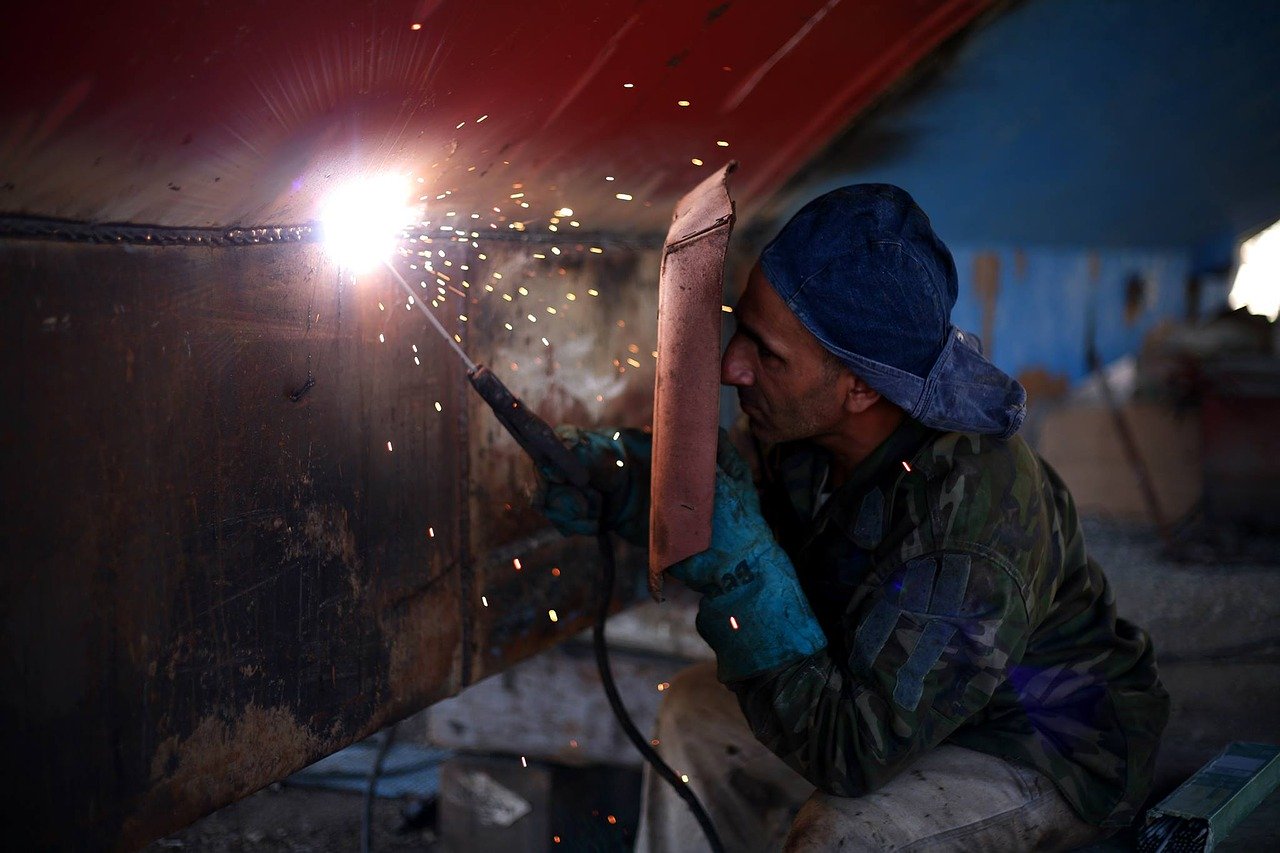Construction is an inherently dangerous and high-risk industry, and construction safety compliance involves copious amounts of complex information to adhere to. In 2015, 4,836 members ended up dead on the job, and 21.4% of those deaths were in construction (Federal Occupational Safety and Health Administration – OSHA).
Most frequently, accidental death and injury in construction are caused by:
- Falls: People fall because access to and from the workplace is not adequate, or the workplace itself is not safe.
- Mobile plant: Construction plant can be cumbersome. It often operates on a ground which is muddy and uneven, and where driver visibility is poor. People walking on site are injured or killed by moving vehicles, especially reversing ones.
- Falling material and collapses: Materials falling or structural collapses strike people.
- Electrical accidents: People suffer from electric shock and burns when there is unsafe equipment.
- Trips: Trips are the most common cause of reported injuries on construction sites, with over 1000 major injuries each year.
Construction workers are likely to suffer ill health as a result of their work in the industry after exposure to both harsh working conditions and hazardous substances:
- Asbestos: Exposure can cause severe respiratory diseases such as asbestosis and cancer.
- Manual handling: Lifting heavy and awkward loads causes back and other injuries.
- Noise and vibration: Loud construction noise can cause hearing loss, and repeated use of vibrating tools can cause hand-arm vibration syndrome.
- Chemicals: Exposure to materials such as cement and solvents can cause skin problems such as dermatitis.
Learn more about the common hazards in the construction worksite in this article.
Aiming for an Upward Trend
Because of changes in, and proper implementations of safety policies, fatalities have significantly decreased over the last forty years. However, even with the existing efforts by the industry to reduce workplace deaths and injuries, there seems to be no significant drop in incidents. Zero-incident goals and policies purely cannot put an end to all the dangers and hazards in the construction worksite. In recent years, construction companies have been looking into newer high-tech solutions to mitigate worksite risks and protect their workers.
Digitise Your Required Safety Standards and Requirements
One of the most painful aspects of construction safety compliance is dealing with the paperwork that comes with safety information, rules and regulations. The OSHA manual is difficult to comprehend plus you add to that all the other organisational and internal safety policies and requirements – it’s a lot to digest, and you don’t even know where to begin and what elements you might have missed.
Having software that understands this struggle can help you digitise these standards into handy checklists so that your field personnel would only take out their mobile device during safety inspections and directly record their observations on the software, which would tell them if a non-compliance has been committed. The perfect software would help fill in the gaps and make the correct QHSE information available even while offline.
Build a Safety Culture through Software
The primary key to creating safer worksites is to ensure transparency in all communication and collaboration channels, especially where safety is concerned. It all boils down to establishing an open safety culture where everyone should be comfortable to ask questions and to escalate concerns regarding worksite safety. A capable software allows teams to perform an on-site collection of field data. This would enable teams to communicate safety concerns and questions from the field to the office and vice versa and learn from incidents and near-miss data.
Real-Time Safety Concerns and Updates
Having the right technology would allow your teams to have access to real-time safety concerns and updates. Software that is centred around real-time collaboration would be able to notify you of safety concerns and updates as they are happening.
Incident reporting is made easier with individual self-reports so no more loophole for non-compliance. This empowers users and makes them confidence about their job performance having all the information and communication channels at the tip of their fingers. This helps to build a safety culture within your company and among your various stakeholders.
Check out our tips on construction risk management.
The Power of Collaborative Software
Collaborative technologies allow teams and stakeholders to work together in a safer work environment with accountability for each other. As each person has all the tools to execute his or her job safely, the liability trickles down to ensuring that everyone leaves work the same way they came to work.
To learn more how digitising your construction processes helps improve worksite safety, why not download our free ebook that’s linked here?



